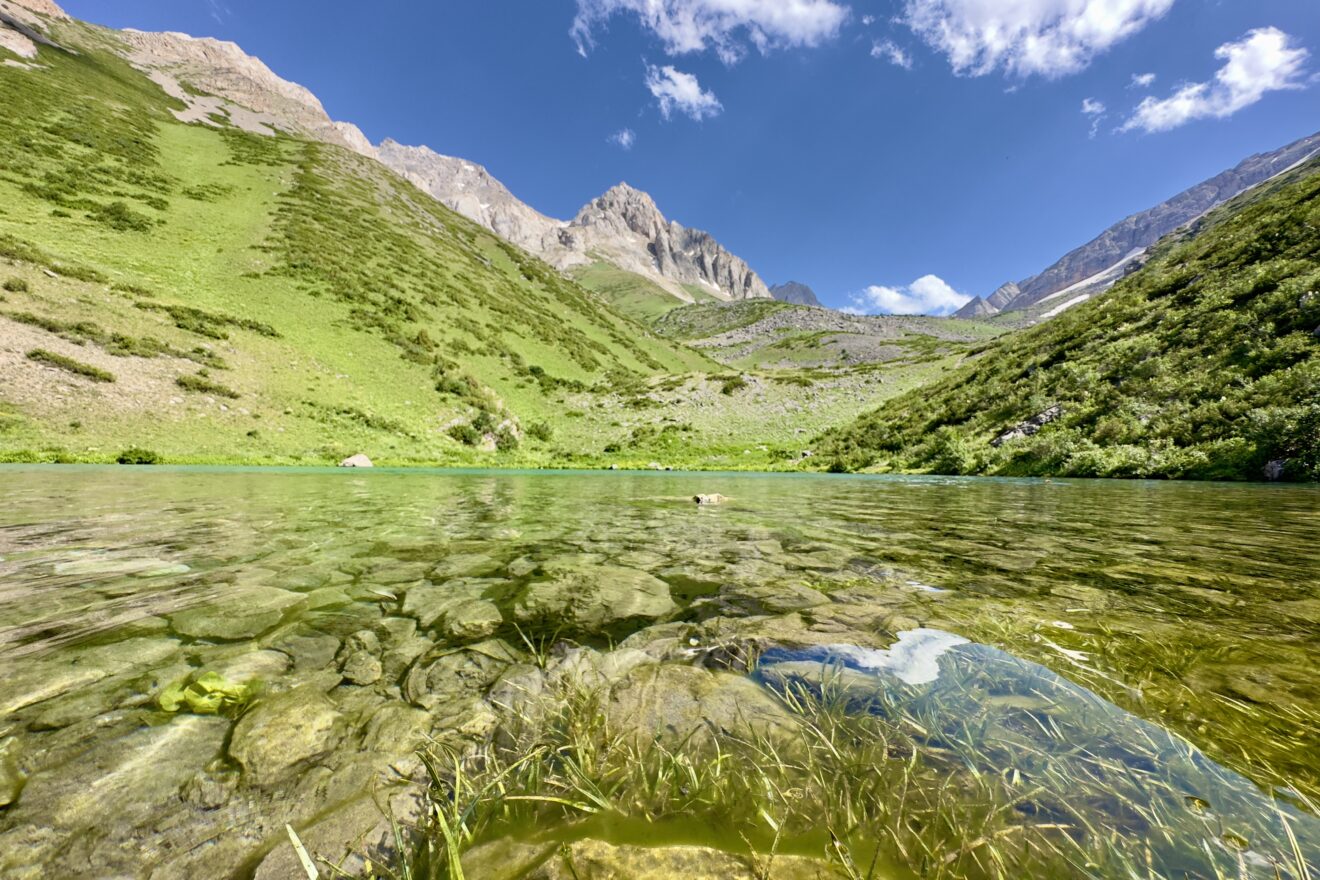ASTANA ( WNAM MONITORING ): Kazakhstan plans to grow its network of protected lands from 30.9 million hectares today to 34 million hectares by 2035, setting a new regional benchmark in biodiversity conservation under the Kunming-Montreal Global Biodiversity Framework.
The milestone was highlighted at the final seminar of the SPACES Kazakhstan project, held in cooperation with the Ministry of Ecology and Natural Resources in Almaty. The initiative has supported the country in meeting its national biodiversity targets while introducing innovative financial strategies to ensure long-term sustainability.
By piloting Other Effective Area-based Conservation Measures (OECM) for the first time in Central Asia, Kazakhstan aims to raise the share of conserved lands to nearly 30% of its territory. This would advance the nation’s commitments as a member of the High Ambition Coalition for Nature and People, reported the Association for the Conservation of Biodiversity of Kazakhstan on Sept. 10.
Recent achievements include the preparation of a feasibility study and public hearings for the new Aral Ormany State Forest Nature Reserve, progress on the Zhaiyk Ormany Reserve, and the expansion of the Ustyurt Nature Reserve. Together, these projects will add 1.97 million hectares of new protected land, safeguarding migration corridors for the Persian leopard and enabling large-scale restoration in the dried Aral Sea basin.
To close the funding gap and strengthen partnerships, Kazakhstan has also introduced a Biodiversity Finance Plan for 2025–2035. The plan seeks to mobilize private sector investment and deepen collaboration with international organizations.
Melissa de Kock, deputy director of the United Nations Environment Program – World Conservation Monitoring Center (UNEP-WCMC), praised Kazakhstan’s leadership, calling it an example of how states, businesses, and communities can unite to protect biodiversity.


